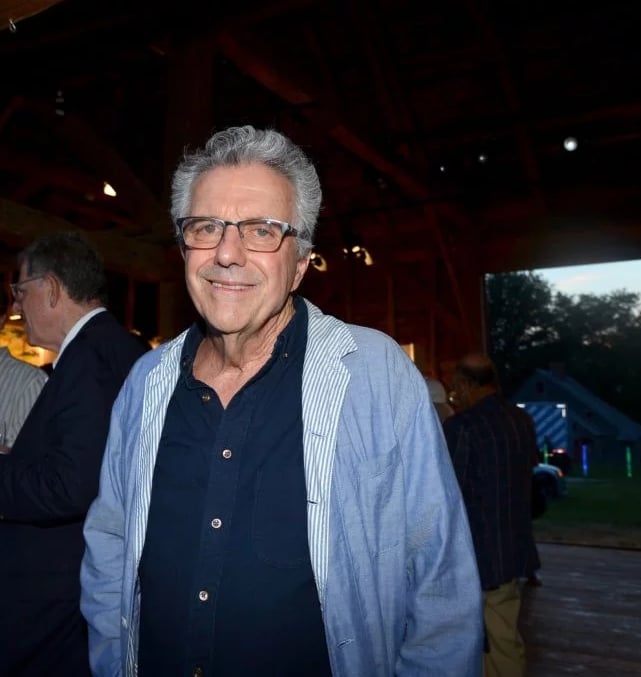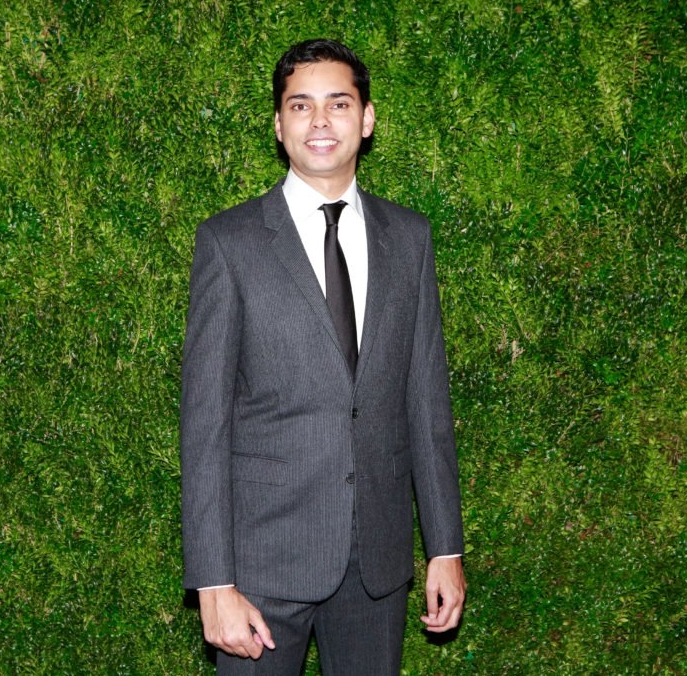People
Agnes Gund, Anne Umland and Others Remember Pioneering Curator Kynaston McShine
We asked some of McShine's friends and colleagues to reflect on his influence, legacy, and legendarily gruff exterior.

We asked some of McShine's friends and colleagues to reflect on his influence, legacy, and legendarily gruff exterior.

Julia Halperin

The world lost a towering figure in art history when the pioneering curator Kynaston McShine died earlier this week at 82. artnet News asked some of his friends and colleagues to reflect on his influence, legacy, and legendarily gruff exterior, which they say masked a deep devotion to museums and contemporary art.
McShine served as a curator and interim director of New York’s Jewish Museum in the mid-1960s, but spent most of his formidable professional life the Museum of Modern Art, where he served as acting chief curator of the department of painting and sculpture, among other roles.
Read the recollections below.

Agnes Gund. Photo by Stuart C. Wilson/Getty Images.
In 1970, I had been a member of the painting and sculpture committee at the Museum of Modern Art for three years when “Information” came out, Kynaston’s trailblazing and critical survey of conceptual art. I remember the stir it created. The exhibition included artists like Ed Ruscha, Robert Smithson, Vito Acconci, Daniel Buren, Jan Dibbets, and Jeff Wall and truly helped push MoMA to be a vanguard for contemporary art. Kynaston, then an associate curator in the painting and sculpture department, was always stalwart, dignified, and had such a distinct and confident approach to his work, even as he purposely remained elusive. Kynaston loathed giving interviews and despite his sometimes intimidating and bristly demeanor, he was in fact a loyal confidante and a warm, supportive friend—with a twinkle in his eye. Kynaston relished challenging established ideas and was a visionary whose stellar shows included the “Projects” series, dedicated to emerging artists; a 1999 group exhibition “The Museum as Muse: Artists Reflect;” and retrospectives of Joseph Cornell, Robert Rauschenberg, Marcel Duchamp, and Richard Serra. Kynaston helped propel the Museum of Modern Art into the now. He was an avid opera buff and I have fond memories of wonderful nights together at the Met. It was an honor to work with him and be his friend for more than 40 years. I will miss him dearly.

Billy Sullivan at the Guild Hall Summer Gala on August 12, 2016. © Patrick McMullan/PMC.
I met Kynaston through [dealer] Michael Findlay in the back room at [the New York nightclub] Max’s Kansas City. But our friendship really took off in 1993 when we were waiting for a plane from Paris to Venice. I carried his huge suitcases full of books onto the Vaporetto, and then to his hotel. Then he just became part of my life. Lots of dinners, summers out east. As time went on, Klaus [Kertess, Sullivan’s partner] and I spent holidays together with him. He had the best sense of humor and told incredible stories. Our last major outing was to the opening of the Rauschenberg show at MoMA last year. His stories about the works in the show and about the museum were just amazing.

Anne Umland. Photo: Martin Seck.
I first met Kynaston in 1988. Fresh from my PhD oral exams, I knew him as the legendary curator of two game-changing exhibitions: “Primary Structures” at the Jewish Museum, a 1966 show often credited with having introduced Minimalism in the US, and his 1970 show “Information” at MoMA, a landmark presentation of conceptual art. Thirty years later, I have so many more things to remember him for, including other landmark exhibitions, like his magisterial Duchamp retrospective (organized with Anne d’Harnoncourt in 1973-74) and the one on Warhol (in 1989) and “The Museum as Muse” (1999). There were his sparkling collection installations and his genuine kindness to myself and other younger curators at the museum, even as he scolded us for any perceived lapse in “standards.” He always exhorted us to do better and more. Above all I’ll remember him for his inspiring love for art and for the Museum of Modern Art in particular: its mission, the artists in its collection, and all that it stands for. He will be deeply missed, but never forgotten. His mark on the institution, and on the history of modern and contemporary art, is indelible.

Rajendra Roy at the Museum of Modern Art Film Benefit in 2016.
© Patrick McMullan. Photo: Gonzalo Marroquin/PMC.
Kynaston McShine loved the Museum of Modern Art in the fullest sense. He loved the rigor of the scholarship, he loved the richness of the history, and he loved the rarefied airs of the place. Through his research and writings, he invigorated the field. Through his regal, utterly irreproducible presence, he informed and challenged the current generation of curatorial leadership at the museum. We will miss him every day.